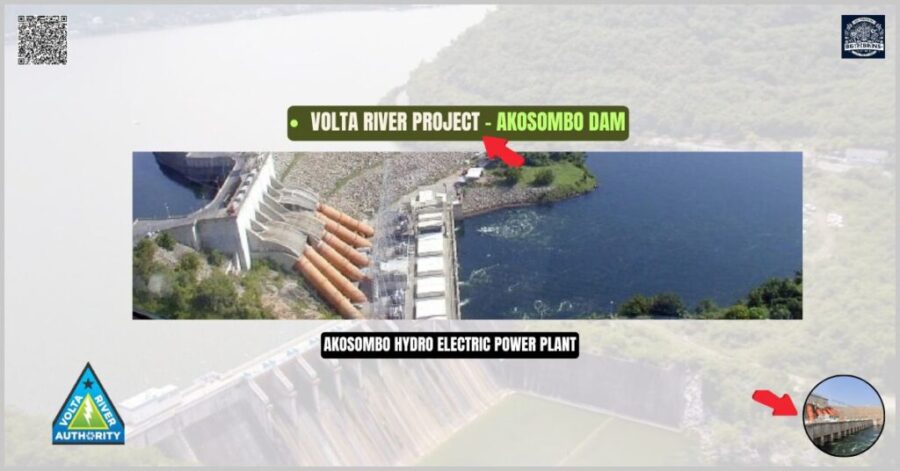Volta River Project
In the heart of Ghana’s Eastern Region, where the Volta River carves through the Akosombo gorge, a vision was born — one that would reshape a nation’s destiny. The Volta River Project, anchored by the Akosombo Dam, is not just an engineering marvel. It is a story of perseverance, political will, international diplomacy, and the unrelenting pursuit of industrial transformation.
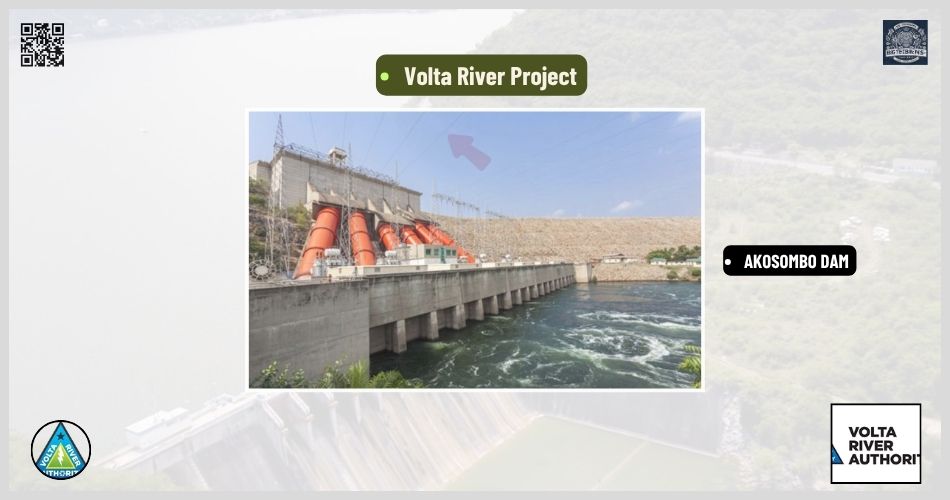
🌍 1915: A Geologist’s Dream
It began with British geologist Sir Albert Ernest Kitson, who in 1915 identified the Akosombo gorge as a prime site for hydropower. His idea lay dormant for decades, until post-war development ambitions reignited interest in harnessing the Volta River’s immense potential.
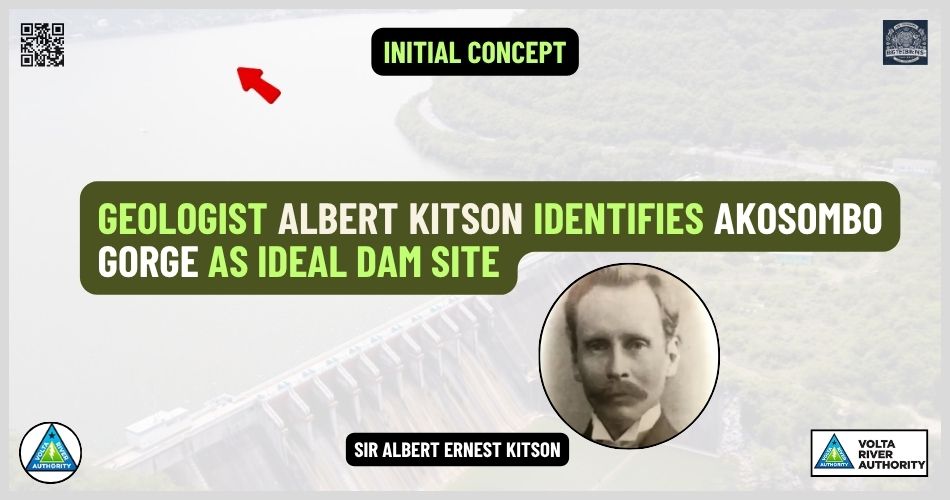
📐 1949–1956: Feasibility and Planning
The Gold Coast Government commissioned Sir William Halcrow & Partners in 1949 to assess the Volta Basin’s development. Their 1951 report recommended not only a dam but also a new harbour at Tema to support industrial growth. In 1953, the Volta River Preparatory Commission, led by Commander Robert Jackson, confirmed the project’s feasibility. Early plans considered a dam at Ajena, but Akosombo was ultimately selected. The aluminium smelter was later sited at Tema, not Kpong as initially proposed.
1957: Independence and Nkrumah’s Vision
With Ghana’s independence on March 6, 1957, Dr Kwame Nkrumah made the Volta River Project central to his industrialisation agenda. Negotiations with aluminium giants and foreign governments intensified, culminating in a bold national commitment to the dam.
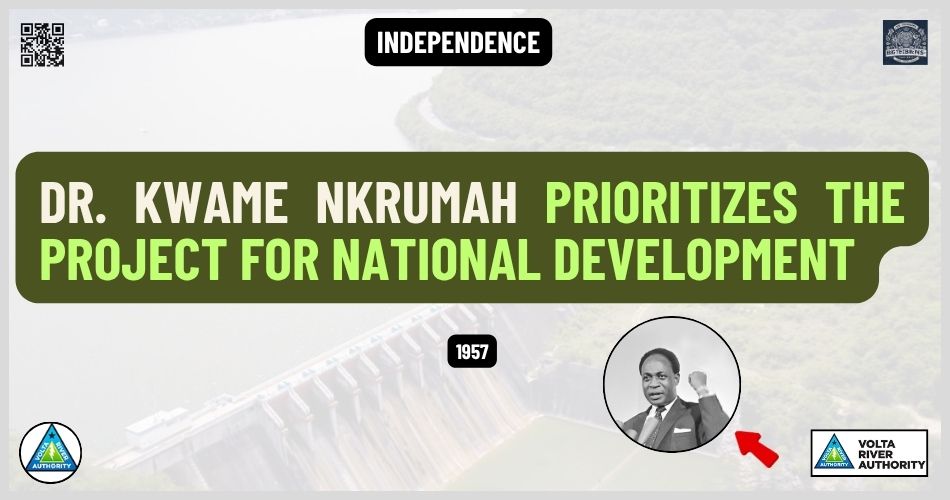
⚖️ 1961: Legal Foundation — Act 46
The Volta River Development Act, 1961 (Act 46), formally established the Volta River Authority (VRA). This statutory body was empowered to construct and manage the dam, generate electricity, and oversee resettlement and environmental stewardship
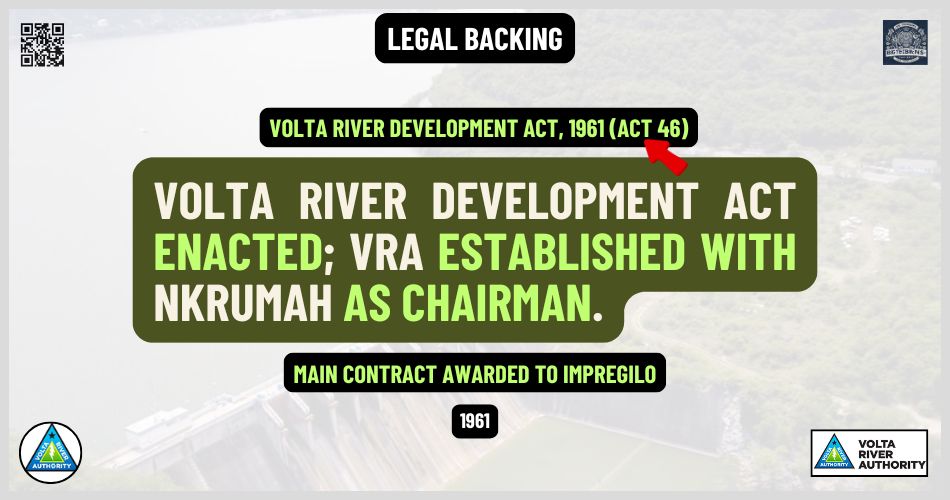
🤝 1962: The VALCO Master Agreement & Act 96
In January 1962, Ghana signed the Master Agreement with Kaiser Industries, forming the Volta Aluminium Company (VALCO). Parliament ratified this with the Volta River Project (Supplementary Provisions) Act, 1962 (Act 96), which:
- Exempted VALCO contracts from standard contract law
- Authorised government guarantees and loans
- Ensured legal protection for all project agreements
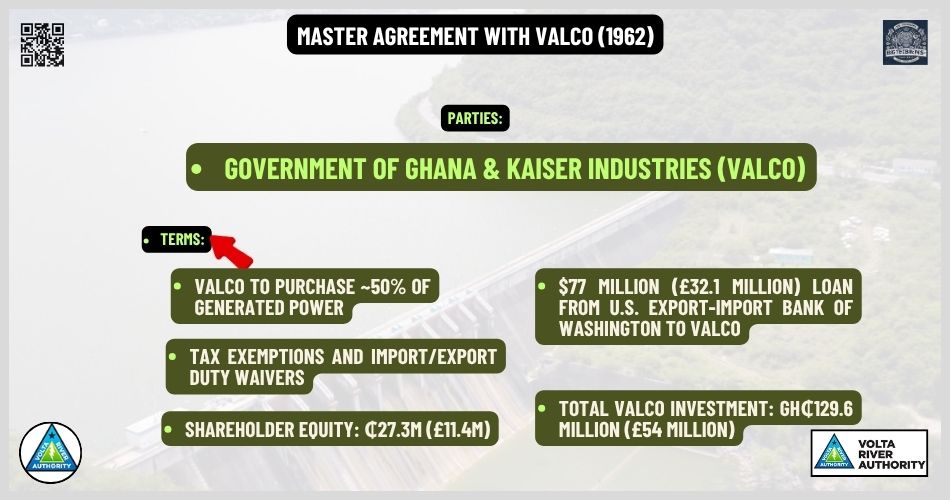
💰 Financing the Dream
The project’s total cost was approximately $196 million, according to the Volta River Authority (at the time of project completion). $196M reflects dam-related costs. Funding came from:
- Government of Ghana: $ 98 million
- World Bank (IBRD): $ 47 million
- UK Government: $ 14 million
- Export & Import (Exim) Bank: $ 10 million
- United States (US) Aid (USAID): $ 27 million
Separate from the dam’s financing, VALCO’s smelter received:
- ₵77 million loan from U.S. Exim Bank
- ₵27.3 million in shareholder equity from Kaiser & Reynolds Metals
🚧 1961–1965: Construction and Displacement
Construction began in 1961, led by Italian firm Impregilo. Over the course of four years, the Akosombo Dam rose to 114 meters, spanning 660 meters across the gorge. Its creation formed Lake Volta, the world’s largest man-made lake by surface area (8,502 km²), displacing over 80,000 people from more than 700 villages.
🎉 1966: Commissioning and Power
On January 22, 1966, the Akosombo Dam was officially commissioned. Its original installed capacity was 912 MW, later upgraded to 1,020 MW in 2006, and now optimised to 1,038 MW.
🏙️ 1989: Municipal Authority — EI 42
The Executive Instrument (EI) 42 of 1989 granted VRA the authority to administer Local Authority functions in Akosombo Township, including sanitation, education, health, and property management.
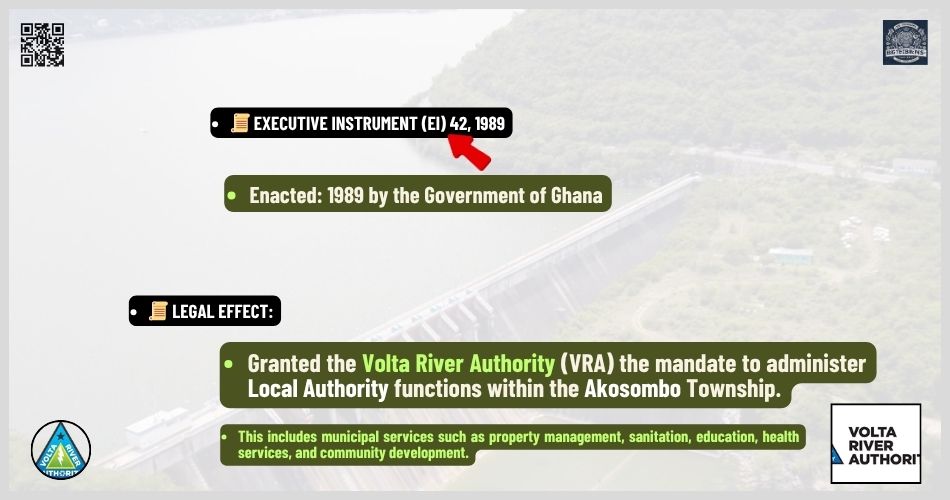
🔄 2005–2025: Reforms and Resilience
- 2005: Power sector reforms led to the creation of GRIDCo, separating transmission from VRA’s mandate.
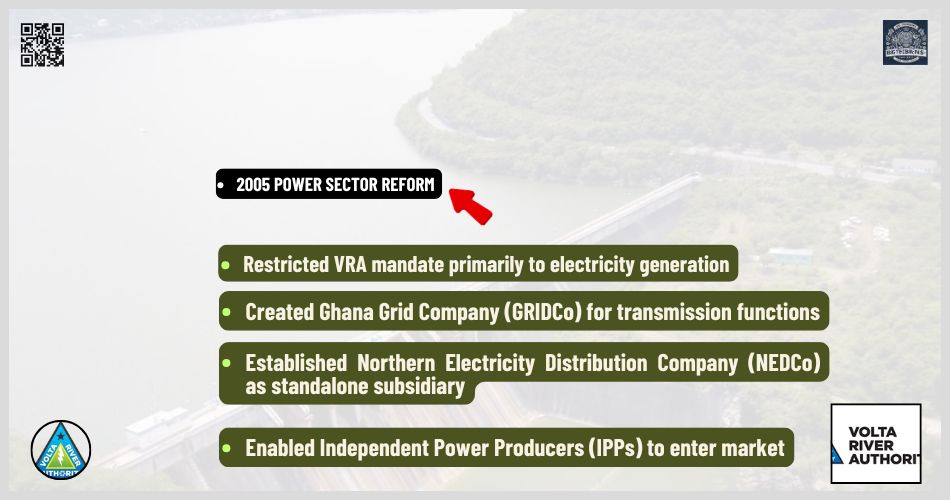
- 2023: Dam spillage crisis prompted renewed focus on flood management and community resilience.
- 2025: VRA plans to integrate battery storage systems to stabilise power output amid climate variability.
🌊 Legacy and Lessons
The Volta River Project transformed Ghana’s energy landscape, catalysed industrial growth, and created new livelihoods. Yet it also brought environmental challenges, displacement, and governance complexities. Today, it remains a cornerstone of Ghana’s infrastructure — a testament to bold vision, strategic partnerships, and the enduring power of water.
REFERENCES
- https://www.ice.org.uk/what-is-civil-engineering/infrastructure-projects/akosombo-dam
- https://www.vra.com/our_mandate/akosombo_hydro_plant.php
- https://en.wikipedia.org/wiki/Akosombo_Dam
❓ Frequently Asked Questions (FAQs)
1. What is the Volta River Project?
- The Volta River Project was a national infrastructure initiative launched in the 1960s to harness the Volta River for hydroelectric power. It included the construction of the Akosombo Dam, the creation of Lake Volta, and the development of an aluminium smelter at Tema.
2. When was the Akosombo Dam constructed?
- Construction began in 1961 and was completed in 1965. The dam was officially commissioned on January 22, 1966.
3. Who initiated the Volta River Project?
- The project was championed by Dr Kwame Nkrumah, Ghana’s first President, as part of his industrialisation vision following independence in 1957.
4. What legal instruments established the project?
- Volta River Development Act, 1961 (Act 46): Created the Volta River Authority (VRA)
- Volta River Project (Supplementary Provisions) Act, 1962 (Act 96): Ratified the VALCO Master Agreement
- Executive Instrument (EI) 42, 1989: Authorised VRA to administer local authority functions in Akosombo Township
5. How was the project financed?
The dam’s construction cost approximately $196 million, funded by:
- Government of Ghana – $98M
- World Bank (IBRD) – $47M
- UK Government – $14M
- U.S. Exim Bank – $10M
- USAID – $27M
Additional financing for the aluminium smelter came from VALCO shareholders and a ₵77 million loan from the U.S. Exim Bank
6. What is Lake Volta?
- Lake Volta is the reservoir created by the Akosombo Dam. It spans 8,502 km², making it the largest man-made lake by surface area in the world.
7. How many people were displaced by the dam?
- Over 80,000 people from more than 700 villages were resettled during the dam’s construction between 1961 and 1965.
8. What is the current power capacity of the Akosombo Dam?
- The dam’s installed capacity is 1,038 MW, following upgrades from its original 912 MW
9. Why does VRA spill water from the reservoir?
- Spillage occurs when water levels exceed safe operating limits. It’s necessary to prevent overtopping and maintain dam integrity, especially during peak inflow seasons.
10. What reforms have affected the Volta River Project?
- 2005: Creation of GRIDCo to manage transmission
- 2023–2025: Climate resilience initiatives, battery storage integration, and flood mitigation following spillage events

